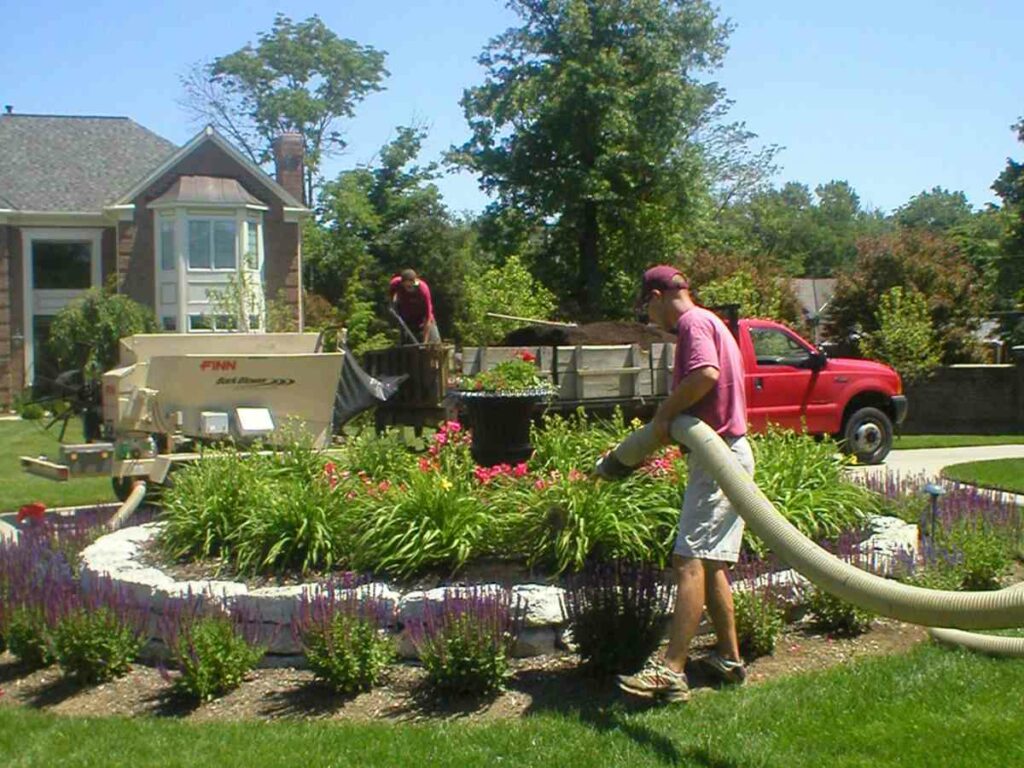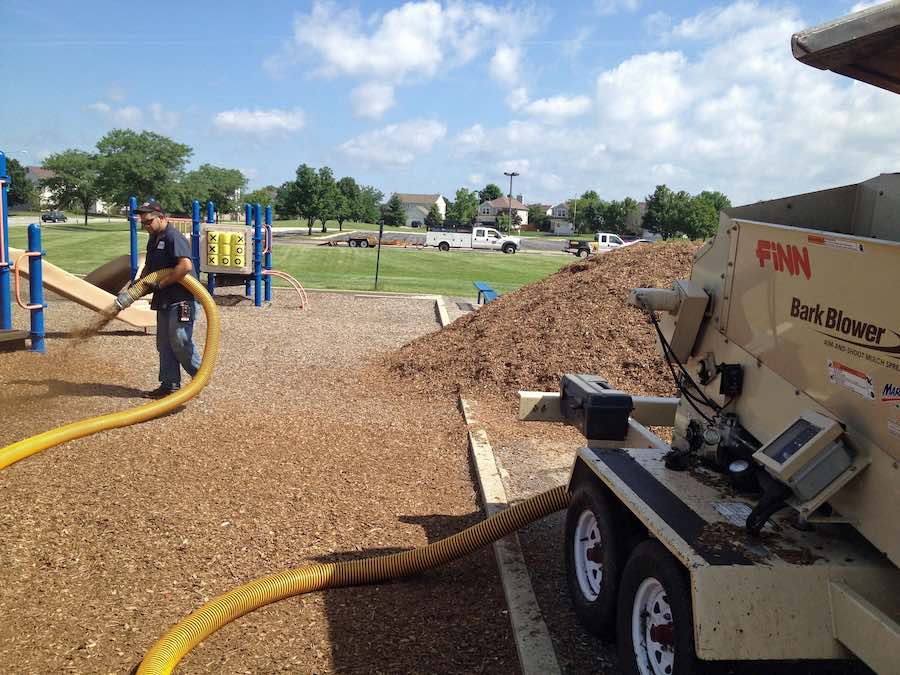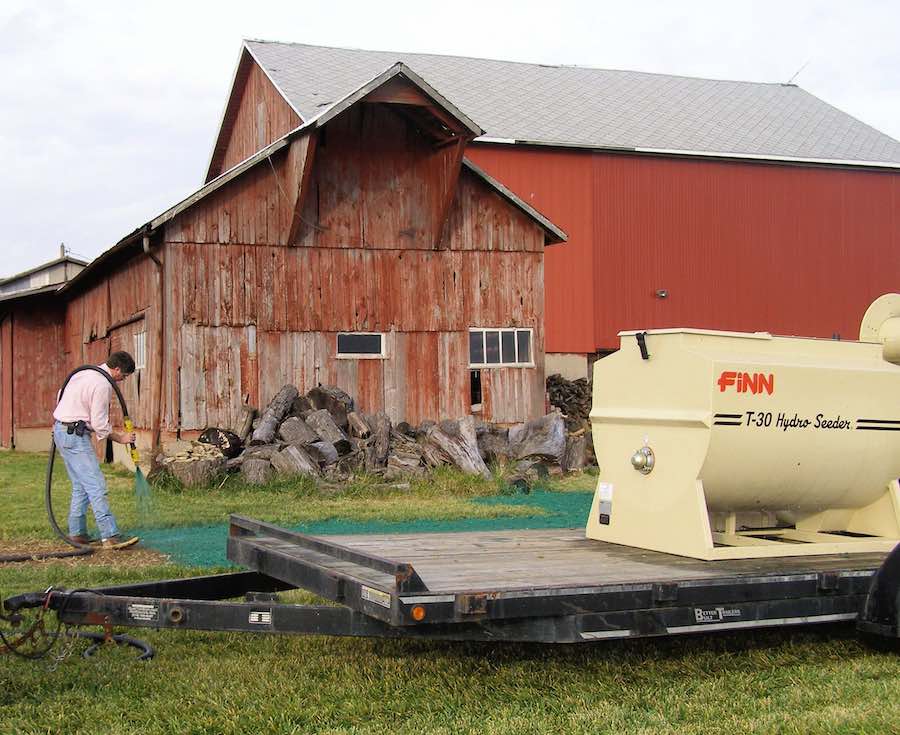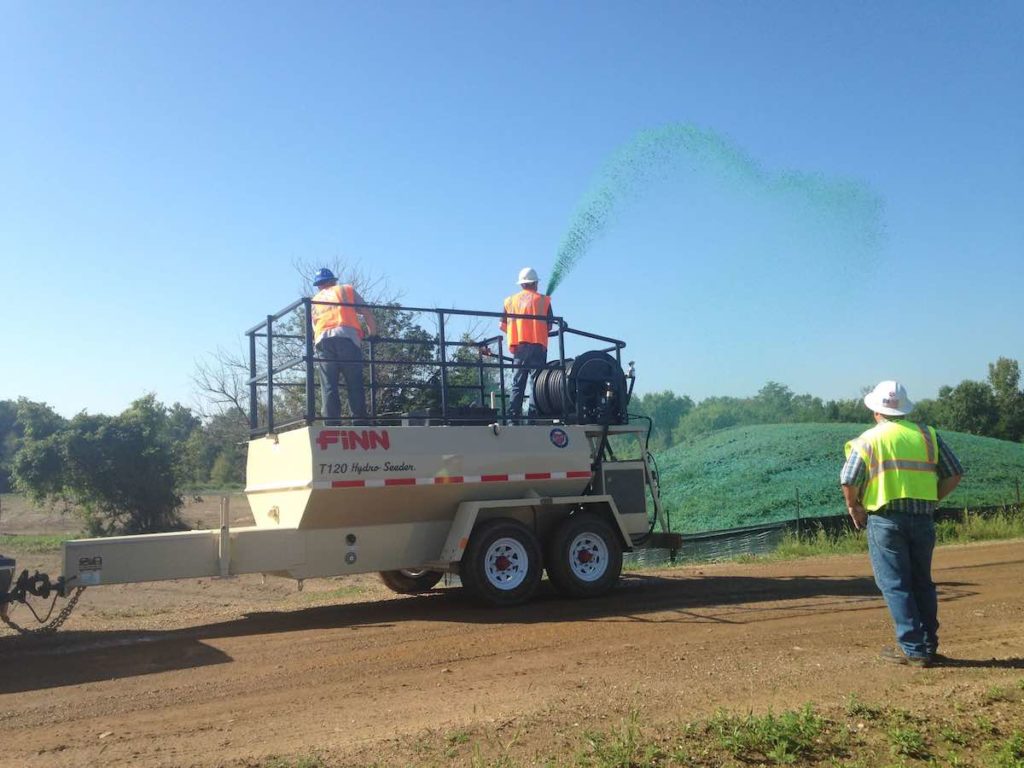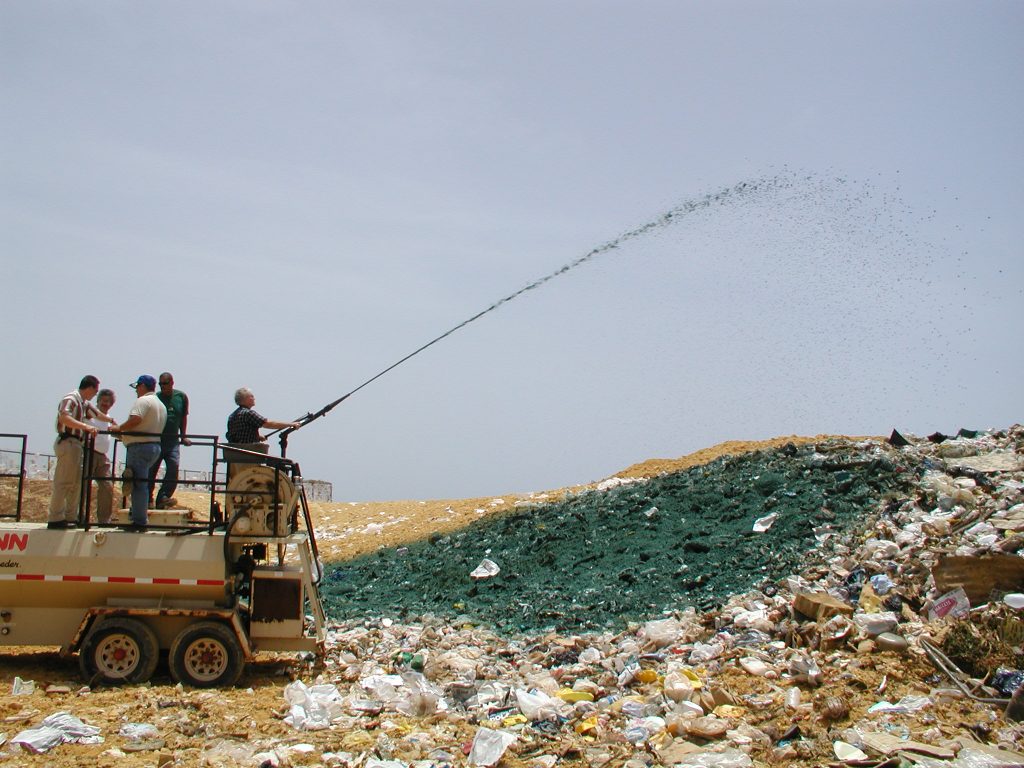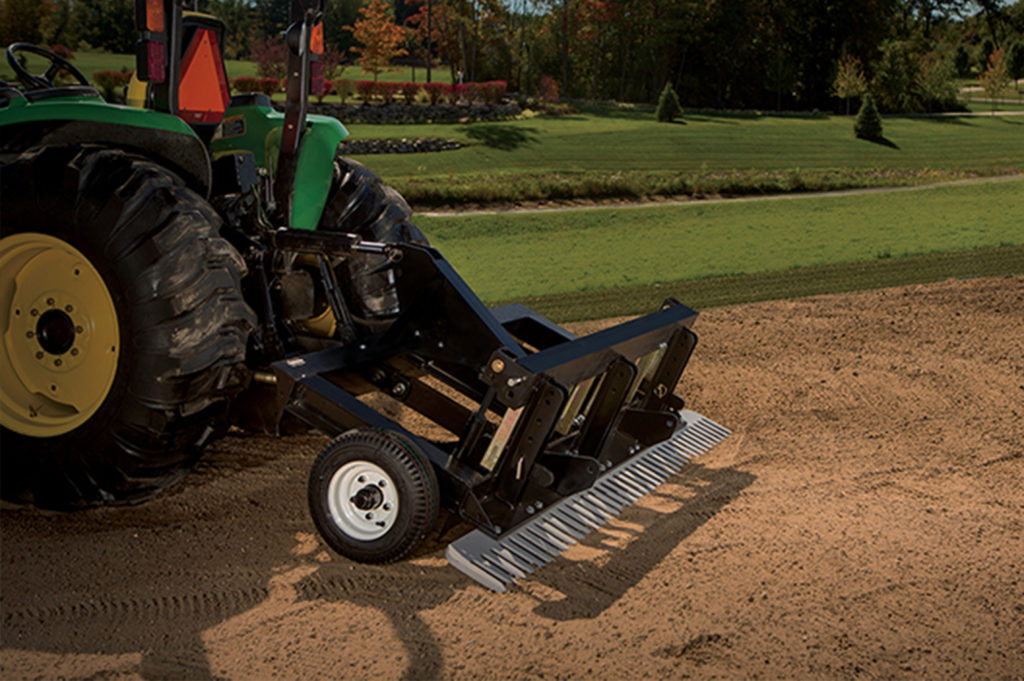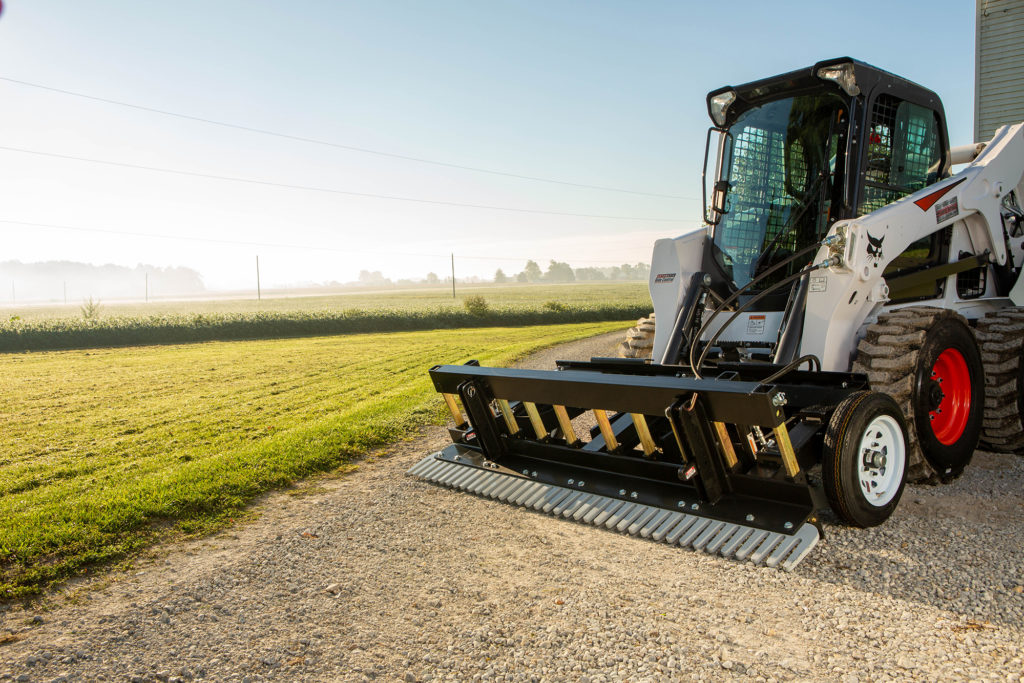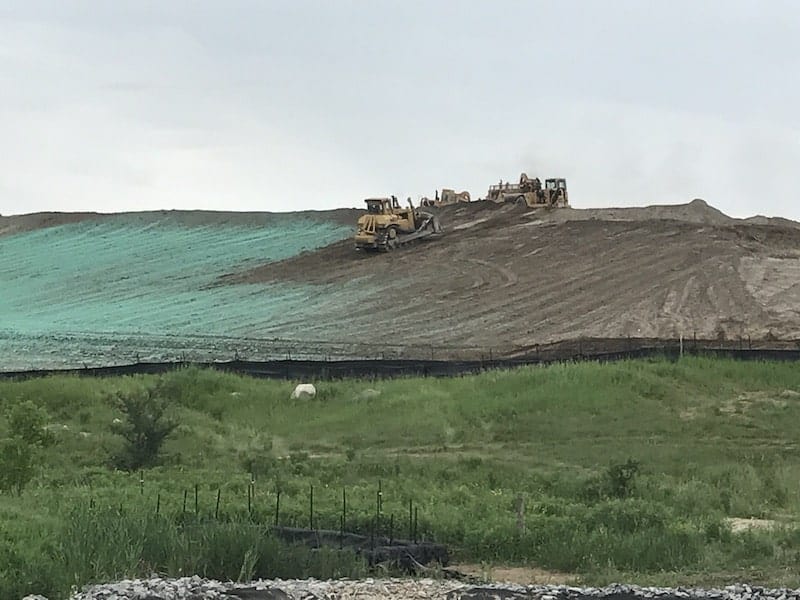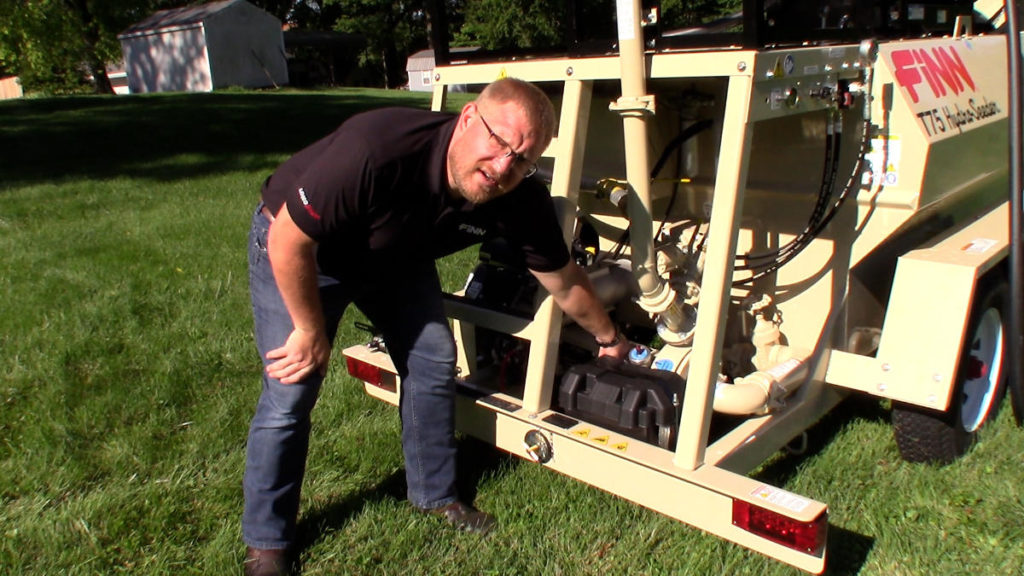How to Lay Mulch Evenly – When & Why to Use a Mulch Blower
Understanding the best way to spread mulch evenly can mean the difference between a great-looking, environmentally-friendly landscape, and one that falls short in both areas. From spreading mulch basics to…
Bark & Mulch Blowing 101
One of the best ways to enhance soil composition, prevent erosion, and improve the aesthetics of any landscaping project is to utilize bark and mulch blowing. For our purposes, bark…
Hydroseed vs. Sod vs. Grass Seed
If you’re starting a lawn from scratch, you’ve probably come across the three common methods for seeding: sod, grass seed, and hydroseed. In order to determine the best choice for…
How to Hydroseed: Hydroseeding Tips from the Pros
If you’re looking for a quick and effective way to seed a large area, get a lush, green, and healthy lawn, or re-establish vegetation in an area that’s been disrupted…
Landfill Alternative Daily Cover 101
Traditional landfill management includes the application of a daily cover — typically and historically soil — to maintain as safe and hazard-free landfill site as possible. Alternative Daily Covers (ADCs) were…
3 Types of Finn Attachments for Leveling Soil – Explained
Because well-prepared and level soil is such a helpful step in the hydroseeding process, finding the right ground leveling attachment for your site can often make the difference between a…
How to Prepare Ground for Grass Seed
Preparing the ground for grass seed is an important step in ensuring a beautiful bed of grass. This phase is sometimes overlooked or rushed, but it is critical to ensure…
Hydroseeding in the Fall: Everything you Need to Know
Fall can be one of the very best times of year to hydroseed, because grass seeds generally like lots of water and mild temperatures to germinate and establish well —…
How to Prevent Water Erosion
Water erosion causes a variety of adverse effects to land and soil, especially the soil’s ability to retain water and nutrients. When soil is impacted this way, the land also…
How to Winterize a Hydroseeder
We winterize our plumbing, sprinkler systems, cars, and even our lawns because we know a little effort in the fall can prevent big problems over the winter, and potentially some…

